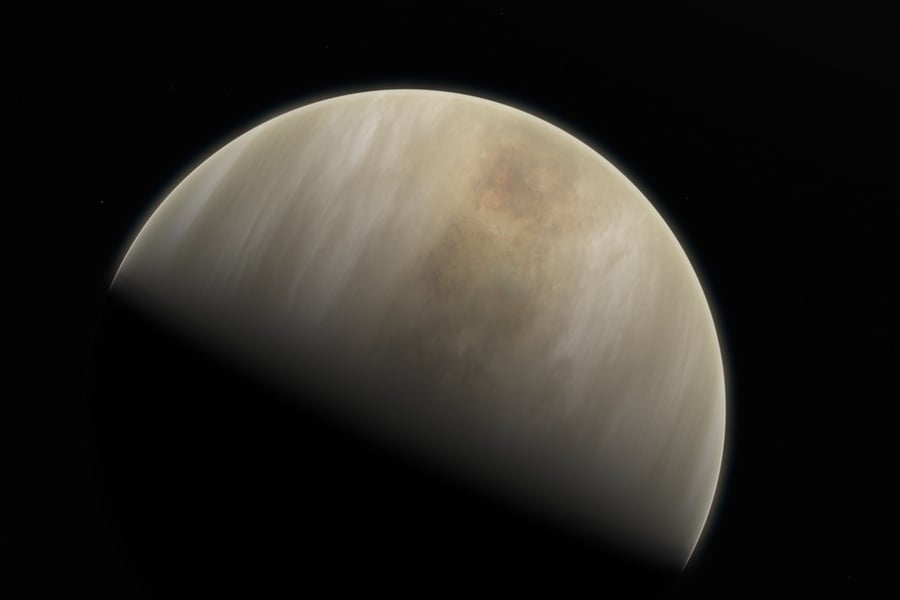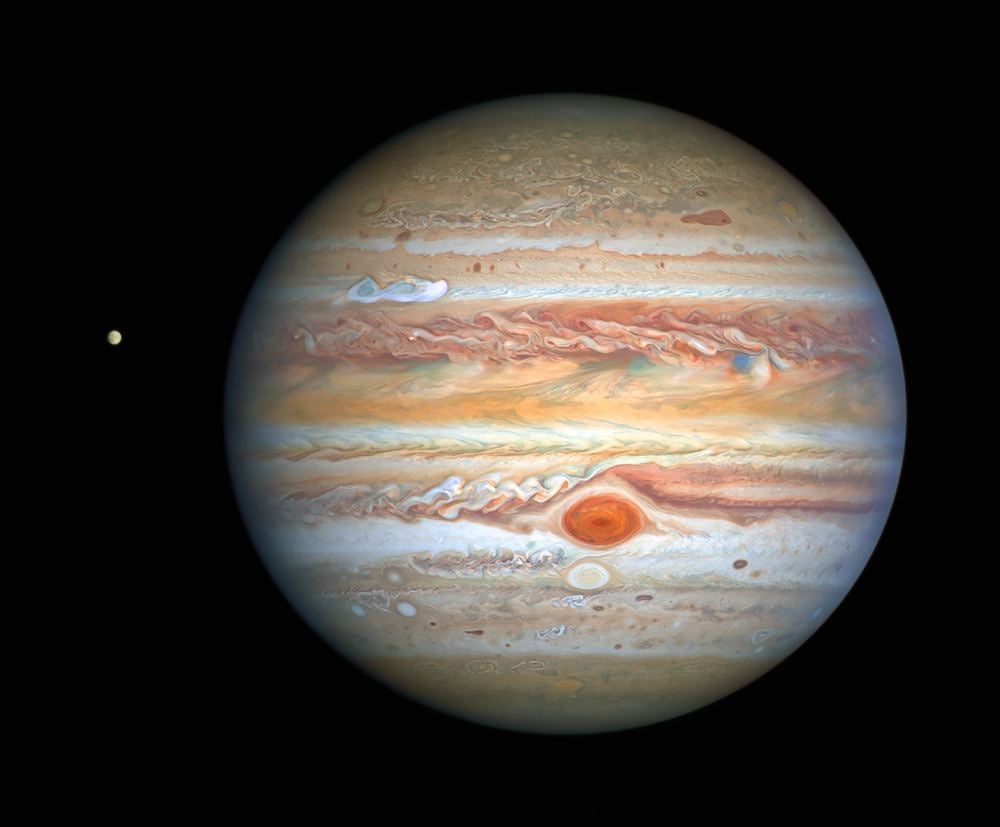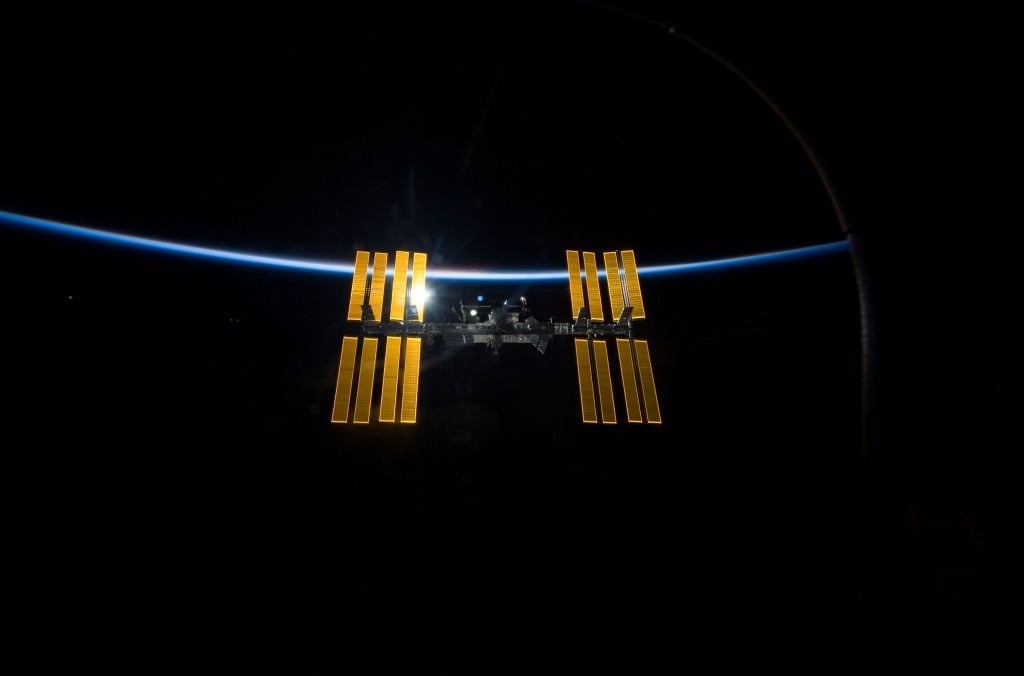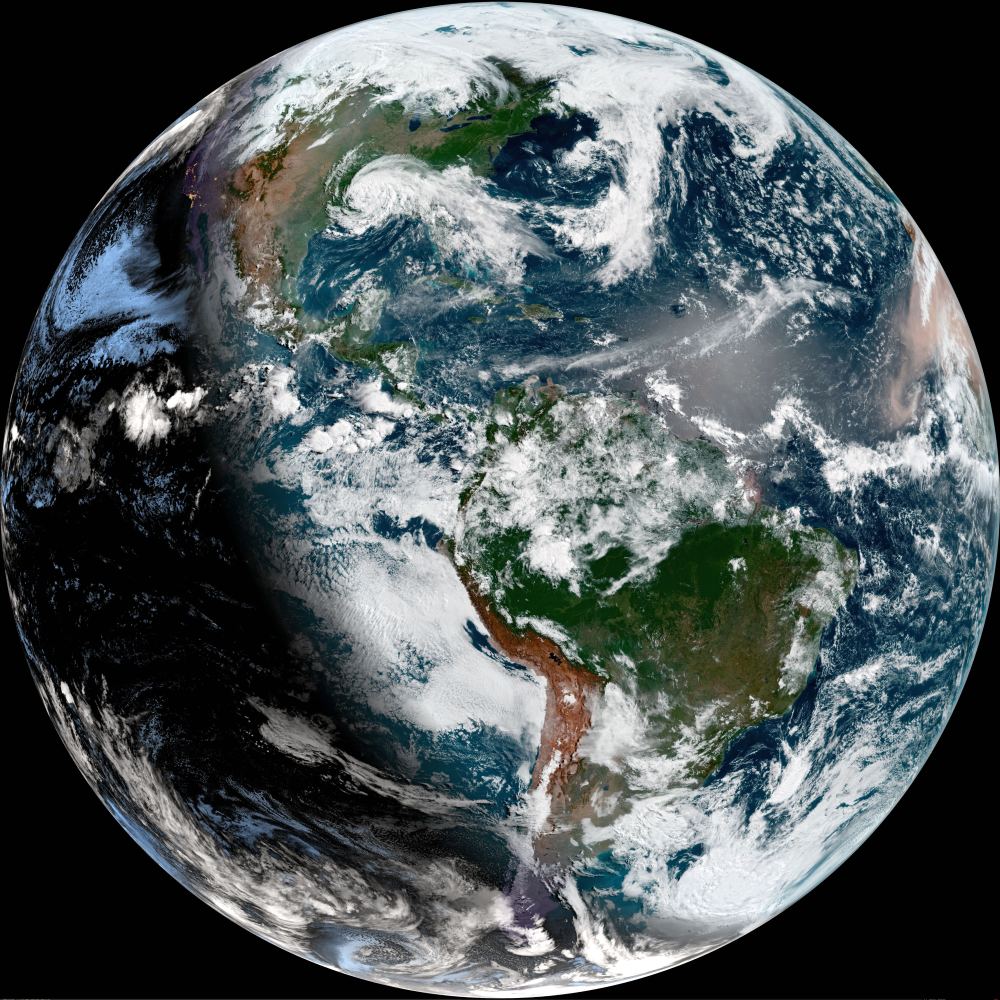
By combining two exoplanet detection methods for the first time ever, the GRAVITY collaboration has confirmed the existence of a second planet around Beta Pictoris
Continue reading

Astronomers can now test the limit of relativity and whether new physics lies beyond Einstein's model.
Continue reading

Continue reading

Continue reading

Continue reading

Could it be that the reason we haven't heard from any aliens is because they transcended and aren't interested in talking anymore?
Continue reading

Continue reading

A reexamination of data obtained by the Mars Express probe has found more evidence of stable bodies of water beneath the southern polar icecap on Mars.
Continue reading

The NASA Lunar Deep Freeze Challenge is looking for innovative ideas on how to bring back ice samples from the Moon
Continue reading
Continue reading

Continue reading

Continue reading

Continue reading

Continue reading

SpaceX just passed another milestone with the SN7.1 test tank, which they tested to failure by pressurizing it until it exploded
Continue reading

Continue reading

Continue reading

Continue reading

Continue reading

Continue reading

Continue reading

Continue reading

A new study shows that some of the oldest surface features on Venus (tesserae) were likely formed by volcanic activity
Continue reading

Continue reading

Continue reading

Just in time for the upcoming elections, NASA has presented Congress with the projected budget for sending astronauts back to the Moon!
Continue reading

In this latest instalment, we explore the possibility that humanity is an early arrival to the Universe, and that intelligent species will become more common with time.
Continue reading

So you've built a time machine. What prevents you from creating a paradox that dooms us all?
Continue reading

Continue reading

In anticipation of this upcoming mission, NASA has released a stunning poster for the Europa Clipper mission!
Continue reading

Continue reading

Continue reading

Continue reading

Over the past decade, the shadow of a black hole in M87 has been wobbling, which tells us about how matter behaves near a black hole.
Continue reading

Continue reading

Continue reading

When it arrives on Mars next year, Perseverance will use a next-generation X-ray scanner assisted by AI to search for the fossil remains of ancient life!
Continue reading
Continue reading

Continue reading

Continue reading

Continue reading

Continue reading

Continue reading

Continue reading

Grab your telescope: when it comes to astronomy, 2020 saved the best for last, with a fine opposition of the planet Mars coming right up next month on October 13th.
Continue reading

Continue reading

According to a recent study, the presence of acidic and alkali fluids on the surface of Mars mean that its soil is not likely to hold onto evidence of past life.
Continue reading

Continue reading

Continue reading

While recent studies suggest that dark matter interactions might create gamma rays, a new study of gamma rays in our galaxy throws shade on that idea.
Continue reading

 Universe Today
Universe Today














































